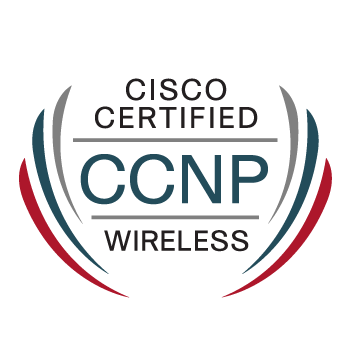- Cisco Community
- Technology and Support
- Networking
- Switching
- Difference between Trunk links and port channel
- Subscribe to RSS Feed
- Mark Topic as New
- Mark Topic as Read
- Float this Topic for Current User
- Bookmark
- Subscribe
- Mute
- Printer Friendly Page
Difference between Trunk links and port channel
- Mark as New
- Bookmark
- Subscribe
- Mute
- Subscribe to RSS Feed
- Permalink
- Report Inappropriate Content
11-26-2014 10:35 PM - edited 03-07-2019 09:41 PM
Hi
Can anyone please explain me the difference between the Trunk links and Ether channel ?
- Labels:
-
LAN Switching
- Mark as New
- Bookmark
- Subscribe
- Mute
- Subscribe to RSS Feed
- Permalink
- Report Inappropriate Content
11-26-2014 11:29 PM
Trunk: One physical link with multiple VLANs.
Layer 2 Etherchannel: One logical link with multiple Trunk links.
- Mark as New
- Bookmark
- Subscribe
- Mute
- Subscribe to RSS Feed
- Permalink
- Report Inappropriate Content
11-26-2014 11:53 PM
There could be a different explanation, then the one Leo gave you. If you have to deal with HP switches (and some other brands), Trunks are the same what channels are on Cisco devices. That can be a little bit confusing.
- Mark as New
- Bookmark
- Subscribe
- Mute
- Subscribe to RSS Feed
- Permalink
- Report Inappropriate Content
11-27-2014 10:32 AM
Karsten
Yes, I started in IT as a Solaris admin and when Sun talked about trunks they meant bundling multiple links together ie. what Cisco call etherchannels.
So it can be a bit misleading if you come to Cisco after using a different vendor.
Edit - to the OP, just to complete the picture you can also have L3 etherchannels with are nothing to do with trunks at all ie. a L2 etherchannel is usually (but not always) configured as a trunk but a L3 etherchannel is simply a routed connection ie. no vlan information is going across it.
Jon
- Mark as New
- Bookmark
- Subscribe
- Mute
- Subscribe to RSS Feed
- Permalink
- Report Inappropriate Content
11-27-2014 12:22 AM
I agree with Leo and Karsten on there comments.
Some more to dig into this is:-
Trunk Port- A Trunk port is a connection between a switch that carries VLAN information, typically used when you have multiple VLANs. A typical use is to configure a trunk port (1 ethernet connection) between two switches so a user on switch 1 on VLAN 1 can talk to a guy on switch 2 on VLAN 1 and a guy on switch 1 VLAN2 can talk to a guy on switch 2 VLAN2.
Etherchannel:An etherchannel is when you want to connect two devices with multiple links. A typical use is connecting two switches via 4 100Mbps connections and then "bundle" them in essence yielding 400Mbps (800Mbps full duplex) between the switches. Etherchannel ports don't care about VLANs. They don't know anything about VLANs. Trunk ports; however, are VLAN-driven.
SEcond big advantage lies/comes when STP is used.
As you you when you have STP enabled and two links getting connected between the switches one link would be in blocked state which means unnessary you are waisting money on the link which is never used untill some failover happens.
Were as when you bundle the ports and form the etherchannel then STP would consider it to be a single logical link.
HTH
- Mark as New
- Bookmark
- Subscribe
- Mute
- Subscribe to RSS Feed
- Permalink
- Report Inappropriate Content
11-27-2014 04:23 AM
Disclaimer
The Author of this posting offers the information contained within this posting without consideration and with the reader's understanding that there's no implied or expressed suitability or fitness for any purpose. Information provided is for informational purposes only and should not be construed as rendering professional advice of any kind. Usage of this posting's information is solely at reader's own risk.
Liability Disclaimer
In no event shall Author be liable for any damages whatsoever (including, without limitation, damages for loss of use, data or profit) arising out of the use or inability to use the posting's information even if Author has been advised of the possibility of such damage.
Posting
As the other posters have already described, in Cisco parlance, a "trunk" is a link that carries VLAN tagged frames. (Note, Cisco has two technologies for these, ISL [old/proprietary] and IEEE 802.1Q [vendor independent].) An Etherchannel (also called a port-channel) is one logical link that includes one or more physical links. (Note, although Etherchannel can run across just one link, normally more than one link is configured. Older and most Cisco implementations support up to 8 links in one channel bundle. There's also multiple Cisco technologies that support Etherchannels, such as manual/PAgP[Cisco/old]/LACP[IEEE 802.3ad].)
Trunk links might also be configured on an Etherchannel link.
Discover and save your favorite ideas. Come back to expert answers, step-by-step guides, recent topics, and more.
New here? Get started with these tips. How to use Community New member guide


